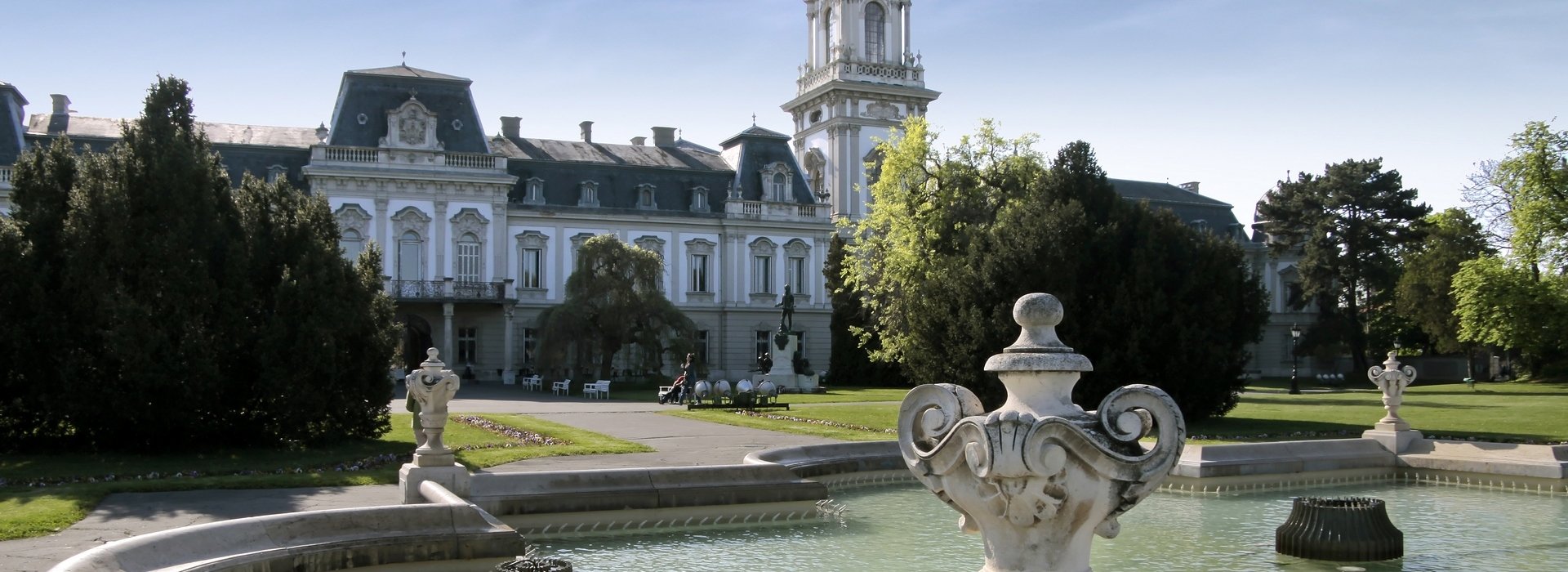

Pannonia, a province of the Western Roman empire, was devastated by the barbarian invasions (Huns, Gepidae, Avars, etc.). Only a few thousand Romanized Pannonians survived the onslaughts, mainly around Lake Pelso (now lake Balaton) in small fortified villages like Keszthely.
Roman Pannonia and surrounding areas
The Romanic population from Pannonia created the Keszthely culture that evolved mainly during the 6th-7th centuries. Its artefacts were made in the workshops of Roman origin located mainly in the fortified settlements of Keszthely-Fenékpuszta and Sopianae (modern Pécs). The Romanic craftsmen worked for their masters (Gepidae and Avars).
Under the Avars the Roman castle of Fenékpuszta near Keszthely and the surroundings were not occupied so the original Romanized inhabitants lived on undisturbed. They paid food and artisan goods for peace from the Avars. After 568 new Christian Romanized Pannonians arrived here, probably from the destroyed Aquincum (modern Budapest). The Keszthely-Fenékpuszta fortress became the centre of a 30 km diameter area, where the people buried their dead adorned with jewellery and clothing of Byzantine origin. They rebuilt the fortress Basilica, where the principals of the community were buried, while their relatives found their final resting places next to the nearby "horreum" (granary In 626, the Avars were seriously defeated under Constantinople, which was followed by a civil war. The leaders of the Keszthely-Fenékpuszta community had supported those who were later defeated. That was why the Avars besieged and then destroyed the fortress of Fenékpuszta. They made the rest of the Romanized population move into the territory of the town centre. The Christian Romanized population got under military suppression. The cemeteries in the 7th and the 8th centuries entombed both Avars and Christians, but they were buried separately. The different religions did not allow them to mix even after death. The Christian Romanized populations, who spoke their own Romance Pannonian language, cut from the outer world created a unique, characteristic material culture, which we know from the findings of the cemeteries near Keszthely. These findings got called the Keszthely culture. At that time, Keszthely was the center of the Pannonian region because the Balaton's area was crossed by roads connecting the Danube and the Mediterranean.
At the end of the 8th century under the reign of Charlemagne, the Francs overthrew the Avar Empire and they invaded the Pannonian plains. The Christian Romanized populations living around Keszthely quickly took over the western Christian customs, which among others meant that they buried their dead without grave furniture so now it is impossible to identify them. The Fenékpuszta fortress was repaired again in the 9th century. Its walls accommodated and gave shelter to the descendants of the Avars and the southern Slavic people who had migrated in at the beginning of the century. Their cemeteries kept quite a lot of the pagan customs. The 10th century was the darkest period of Keszthely's history. Neither traces of the survival of the earlier Romanized Pannonian population nor of the conquering Hungarians are known to us.